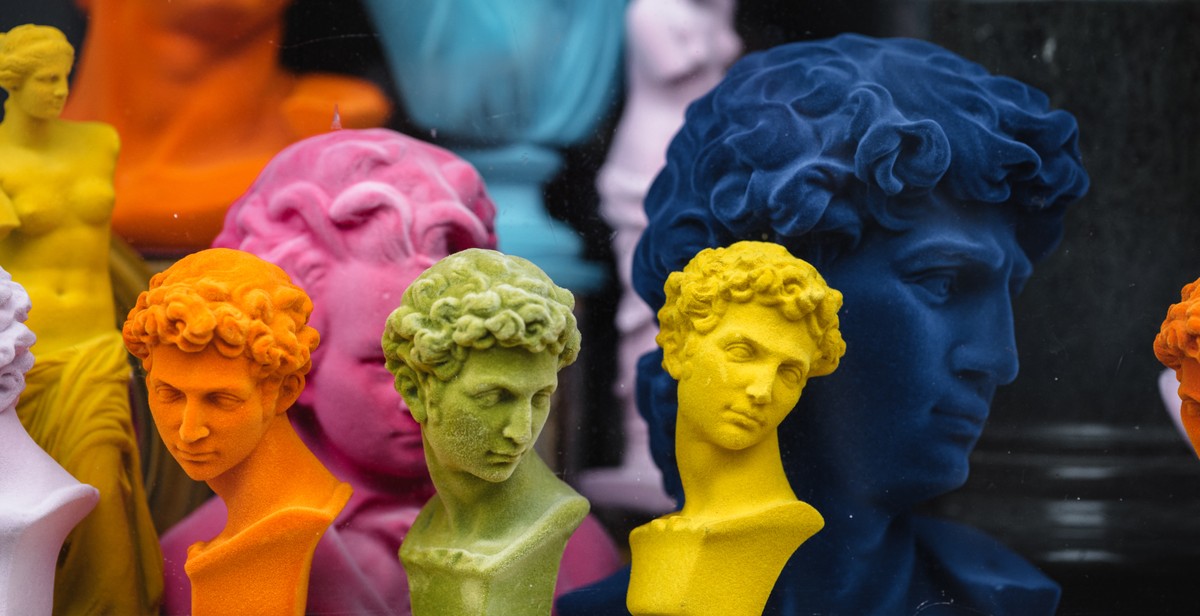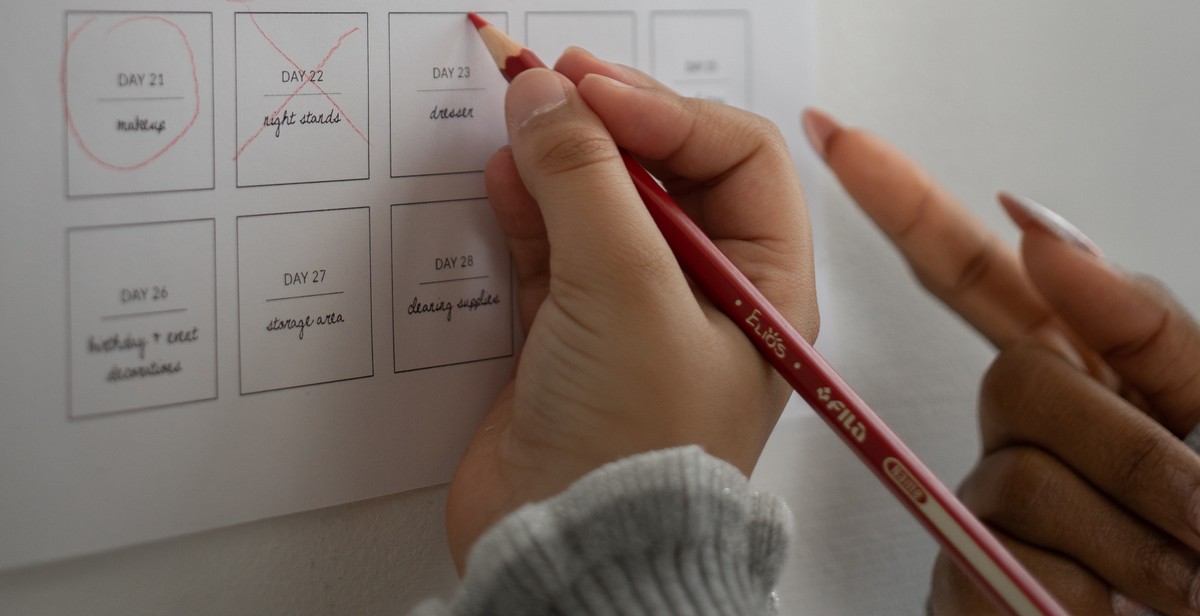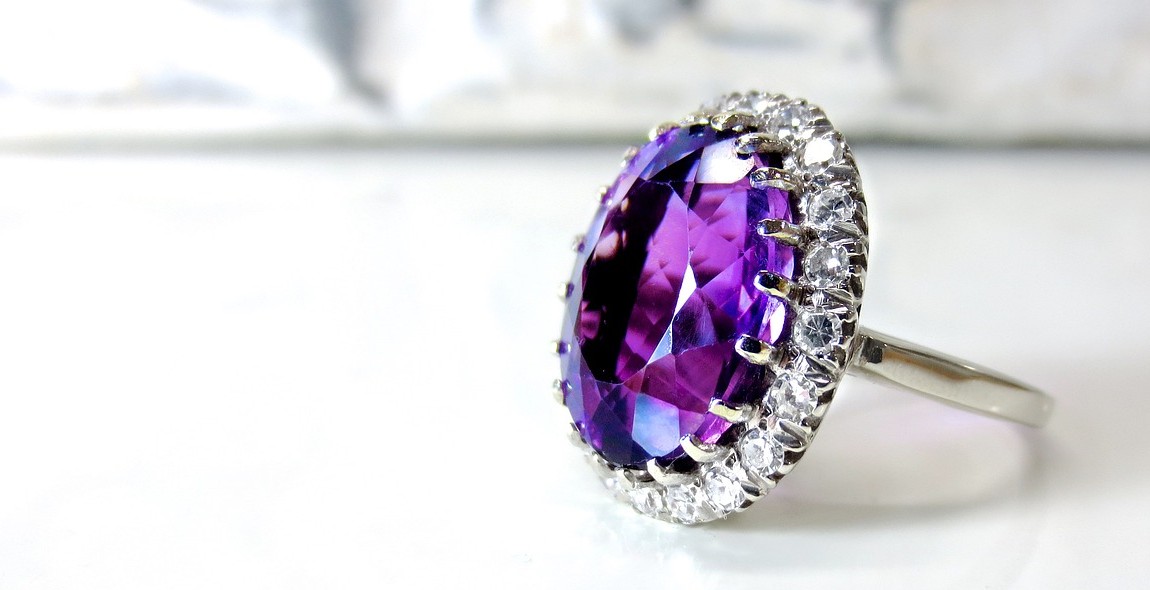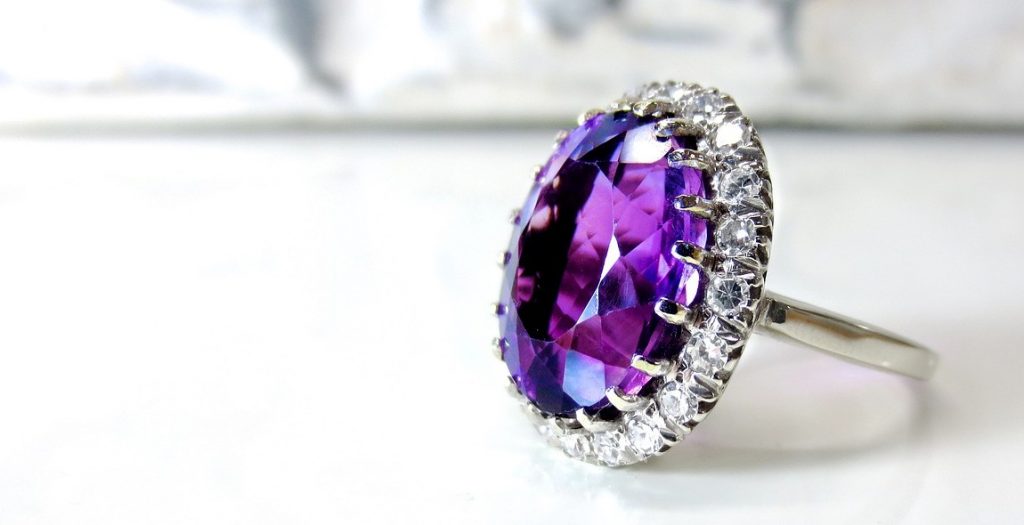The Fascinating History of Birthstones and Their Meanings
Birthstones are gemstones that represent a person’s birth month. The concept of birthstones dates back to ancient times, and over the years, different cultures have assigned different stones to each month. Birthstones are not just beautiful pieces of jewelry, but they also hold symbolic meanings and have been associated with various healing properties.
The Origins of Birthstones
The idea of birthstones can be traced back to ancient civilizations such as the Babylonians, who believed that each month was associated with a particular gemstone. The ancient Greeks also had a similar belief and assigned different stones to each zodiac sign. The practice of wearing birthstones became popular in the 18th century, and since then, birthstones have become a significant part of jewelry design.
The Meanings and Symbolism of Birthstones
Each birthstone is said to hold special meanings and symbolism, making them a popular choice for personalized gifts. For example, the January birthstone, garnet, is believed to bring peace, prosperity, and good health to the wearer. The April birthstone, diamond, represents strength, courage, and invincibility.
Over time, birthstones have become more than just a symbol of one’s birth month. They have become a way to express one’s personality, style, and beliefs. From ancient times to modern-day fashion, birthstones have remained a fascinating part of human culture.

The Origin of Birthstones
The history of birthstones dates back thousands of years, to ancient civilizations such as the Egyptians, Greeks, and Romans. These cultures believed that gemstones had special powers and could bring good luck, health, and prosperity to those who wore them.
Ancient Beliefs
The ancient Egyptians were among the first to associate gemstones with specific powers and attributes. They believed that each gemstone was associated with a specific god or goddess and that wearing the gemstone could bring the wearer closer to that deity. For example, they believed that the green stone known as emerald was associated with the goddess Isis and could provide protection and fertility.
Similarly, the ancient Greeks believed that gemstones had magical powers and could provide protection to the wearer. They associated each gemstone with a specific month of the year and believed that wearing the stone during that month would bring good luck and ward off evil spirits.
The Romans also believed in the magical properties of gemstones and used them for both decorative and medicinal purposes. They believed that gemstones could cure ailments and protect the wearer from harm.
The Modern Birthstone List
The modern birthstone list was established in 1912 by the National Association of Jewelers in the United States. This list associates a specific gemstone with each month of the year and has become widely accepted as the standard for birthstones.
| Month | Birthstone |
|---|---|
| January | Garnet |
| February | Amethyst |
| March | Aquamarine |
| April | Diamond |
| May | Emerald |
| June | Pearl or Alexandrite |
| July | Ruby |
| August | Peridot |
| September | Sapphire |
| October | Opal or Tourmaline |
| November | Topaz or Citrine |
| December | Turquoise, Zircon, or Tanzanite |
While the modern birthstone list has become widely accepted, many people still believe in the ancient traditions and choose to wear gemstones that are associated with their zodiac sign or other personal beliefs.

Birthstones in Different Cultures
Western Culture
In Western culture, the use of birthstones can be traced back to ancient times. The modern list of birthstones was established in 1912 by the National Association of Jewelers in the United States. The list includes:
- January – Garnet
- February – Amethyst
- March – Aquamarine
- April – Diamond
- May – Emerald
- June – Pearl or Alexandrite
- July – Ruby
- August – Peridot
- September – Sapphire
- October – Opal or Tourmaline
- November – Topaz or Citrine
- December – Turquoise or Zircon
These birthstones are believed to have different meanings and properties, and are often used in jewelry as a symbol of one’s birth month.
Eastern Culture
In Eastern culture, birthstones are also an important part of tradition and belief. Here are some examples of birthstones in different Eastern cultures:
| Country | Birthstone |
|---|---|
| China |
|
| India |
|
| Japan |
|
Each culture has its own unique set of birthstones, and the meanings and properties associated with them may differ as well. However, the use of birthstones as a symbol of one’s birth month is a universal tradition that has stood the test of time.

The Modern Birthstone List
The modern birthstone list is a standardized list of gemstones that are assigned to each month of the year. This list was created in 1912 by the National Association of Jewelers, and has been updated over the years to reflect changes in the availability of gemstones and cultural preferences.
Birthstones by Month
Here is the modern birthstone list by month:
| Month | Modern Birthstone |
|---|---|
| January | Garnet |
| February | Amethyst |
| March | Aquamarine |
| April | Diamond |
| May | Emerald |
| June | Pearl or Alexandrite |
| July | Ruby |
| August | Peridot |
| September | Sapphire |
| October | Opal or Tourmaline |
| November | Topaz or Citrine |
| December | Turquoise or Tanzanite |
Alternative Birthstones
In addition to the modern birthstone list, there are also alternative birthstones that have been assigned to each month. These gemstones are often based on traditional or cultural beliefs, and may vary depending on the source.
- January – Rose Quartz
- February – Onyx
- March – Bloodstone
- April – Rock Crystal
- May – Chrysoprase
- June – Moonstone
- July – Carnelian
- August – Sardonyx
- September – Lapis Lazuli
- October – Pink Tourmaline
- November – Citrine
- December – Zircon
Whether you prefer to follow the modern birthstone list or choose an alternative birthstone, these gemstones are a beautiful way to celebrate your birth month and add a personal touch to your jewelry collection.

The Meanings of Birthstones
Birthstones have been associated with various meanings and beliefs for centuries. The meanings of birthstones can be classified into traditional and modern meanings.
Traditional Meanings
The traditional meanings of birthstones are based on ancient beliefs and practices. These meanings have been passed down through generations and are still widely recognized today.
| Birthstone | Traditional Meaning |
|---|---|
| Garnet | Protection, healing, and strength |
| Amethyst | Peace, courage, and stability |
| Aquamarine | Clarity, purity, and youthfulness |
| Diamond | Strength, courage, and invincibility |
| Emerald | Love, fertility, and rebirth |
| Pearl | Purity, innocence, and faith |
| Ruby | Passion, prosperity, and protection |
| Peridot | Prosperity, happiness, and good health |
| Sapphire | Wisdom, truth, and faithfulness |
| Opal | Hope, creativity, and innocence |
| Topaz | Strength, healing, and wisdom |
| Turquoise | Protection, friendship, and prosperity |
Modern Meanings
Modern meanings of birthstones are based on the gemstone’s properties and characteristics. These meanings have emerged in recent years and are gaining popularity among people who are interested in the metaphysical properties of gemstones.
- Garnet – Energy, passion, and creativity
- Amethyst – Intuition, clarity, and spiritual awareness
- Aquamarine – Communication, courage, and self-expression
- Diamond – Clarity, purity, and enlightenment
- Emerald – Growth, abundance, and prosperity
- Pearl – Calmness, balance, and purity
- Ruby – Vitality, enthusiasm, and passion
- Peridot – Renewal, healing, and prosperity
- Sapphire – Wisdom, truth, and spiritual insight
- Opal – Imagination, creativity, and spontaneity
- Topaz – Manifestation, confidence, and self-realization
- Turquoise – Protection, healing, and purification
Whether you believe in the traditional or modern meanings of birthstones, they are fascinating and beautiful gemstones that make great gifts for birthdays or other special occasions.

Conclusion
The history of birthstones is a fascinating one that spans centuries and cultures. From the ancient Greeks and Romans to modern-day jewelry trends, birthstones have been prized for their beauty, symbolism, and alleged healing properties. Whether you believe in the mystical powers of birthstones or simply appreciate their aesthetic appeal, these gems have undoubtedly left an indelible mark on human history.
As we’ve seen, the meanings and associations of birthstones can vary widely depending on the time and place. However, there are some common threads that run through many of these traditions. For example, many cultures have associated birthstones with specific virtues or qualities, such as wisdom, courage, or prosperity. Others have linked them to the zodiac signs or planetary alignments.
Whatever your personal beliefs or preferences, there’s no denying that birthstones are a timeless and beloved aspect of jewelry design. Whether you’re looking to add a pop of color to your outfit or commemorate a special occasion, there’s a birthstone out there for you. So why not explore the rich history and symbolism of these precious gems and see which one resonates with you?
| Month | Birthstone |
|---|---|
| January | Garnet |
| February | Amethyst |
| March | Aquamarine |
| April | Diamond |
| May | Emerald |
| June | Pearl or Alexandrite |
| July | Ruby |
| August | Peridot |
| September | Sapphire |
| October | Opal or Tourmaline |
| November | Topaz or Citrine |
| December | Tanzanite, Zircon, or Turquoise |

